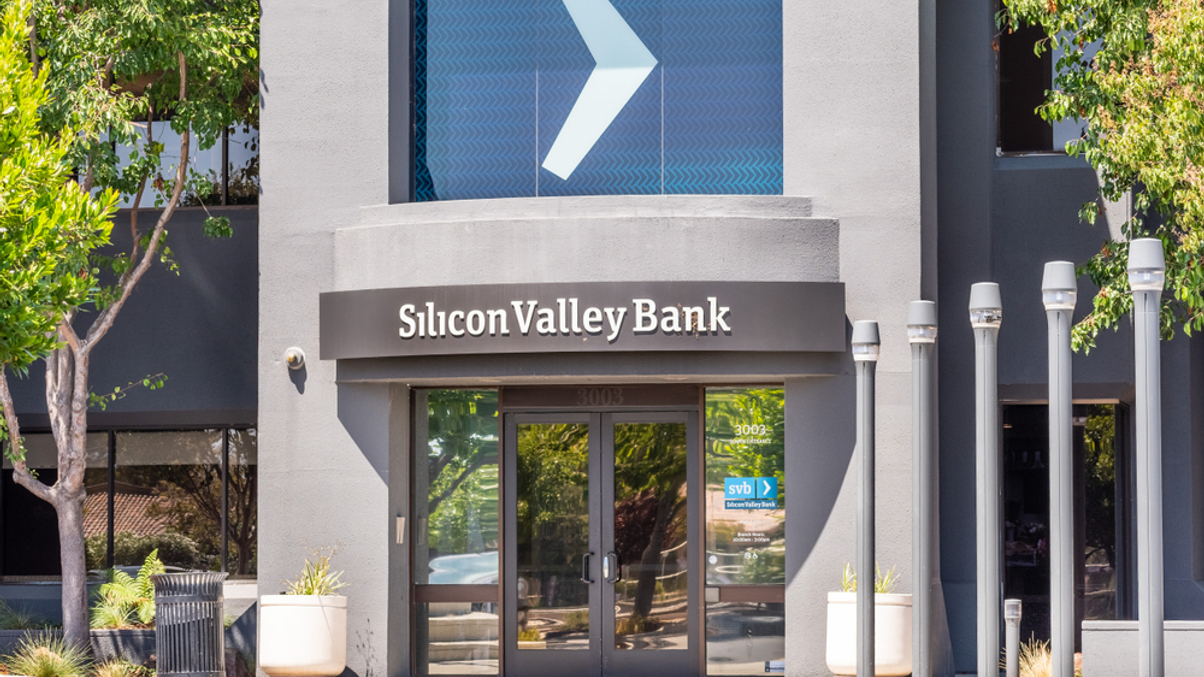Crunch time for crypto as investors assess SVB damage
In the wake of the SVB collapse, the cryptocurrency industry is not looking very bright — and fundamental bottlenecks, including real-world integration, need to be addressed.

With banks that had been a key funding source for the cryptocurrency industry going out of business, questions are being asked about where crypto goes from here. Family investors interviewed by AsianInvestor feel the industry is at a crossroads.
Sign In to Your Account
Access Exclusive AsianInvestor Content!
Please sign in to your subscription to unlock full access to our premium AI resources.
Free Registration & 7-Day Trial
Register now to enjoy a 7-day free trial—no registration fees required. Click the link to get started.
Note: This free trial is a one-time offer.
¬ Haymarket Media Limited. All rights reserved.


